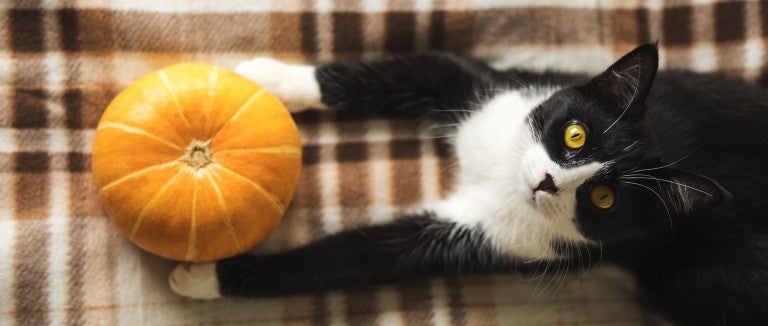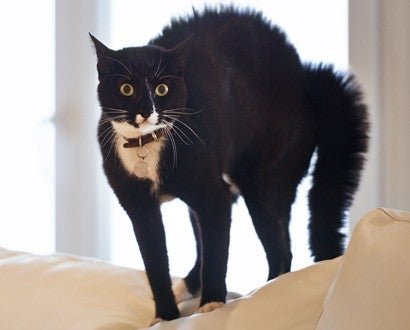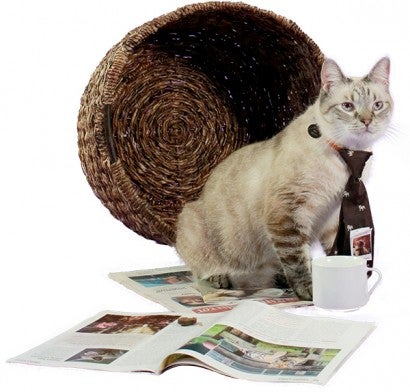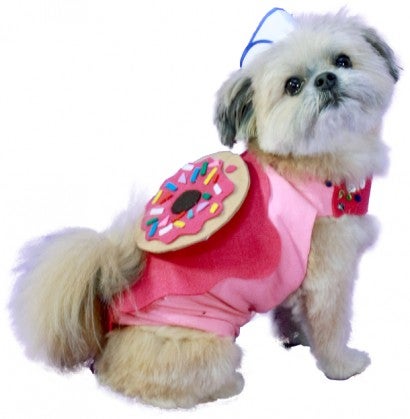Some pets love the hustle and bustle of Halloween, while others will find this spooky holiday a bit stressful. We recognize that animals are individuals, so while you while enjoy the festivities, consider it from your pet’s perspective: A dog’s natural instinct is to protect their home or to alert you that a stranger has arrived, while cats typically prefer a quiet environment with their family. Trick-or-treaters continually knocking on the door or ringing the bell can be very stressful to both dogs and cats. Read on for our tips and tricks on taking the terror out of your pet's Halloween!
Sign up to receive our exclusive e-book full of important information about caring for your pet, including training techniques and answers to frequently asked questions.
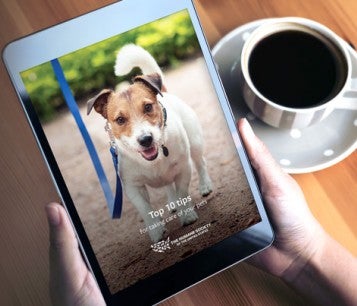
5. Protect your pets from outdoor dangers
Bring your pets indoors before night falls. Cats are always safest inside with you, but on Halloween it’s especially important to secure all pets inside so they don’t run away out of fear of adults and children in costumes.
In case they escape, make sure that all your pets are wearing tags with current IDs and that their microchip is registered with your most up-to-date information. Opening the door repeatedly for trick-or-treaters creates plenty of opportunities for a pet to slip outside and disappear into the night. Proper ID will help you reunite with your lost pet and take a recent picture of your pet that can be used for lost flyers just in case they get lost.
Be aware that not all the wild creatures outside will be wearing costumes. You may see nocturnal animals such as raccoons, opossums and foxes foraging for food while you’re trick-or-treating or walking from your car to a party.
